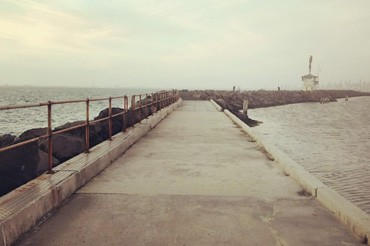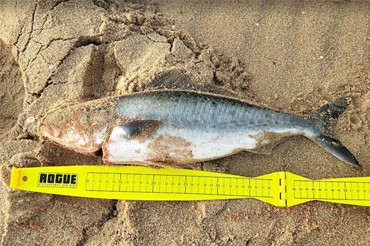One of the best spots to fish around beaches and seafronts is on piers. Pier fishing allows you to relax with a good view of the sea without getting washed out, unlike surf fishing and shoreline long-distance casting or rock fishing. It’s also a good location for beginners to learn pier fishing as long as they are accompanied by a mate to guide them.
You can do pier fishing while leaning on the railings, or sitting down while wearing shoes and shorts or pants. It’s unlike the more active, wide-open wet approach of shoreline fishing. However, you stand to catch some good fish in proper spots on the pier. You just need to observe the conditions in the water for the presence of fish.
Here’s a quick guide on venturing out in the finest pier spots for the best possible catch of the day.
Finding Your Pier Spot
When you’ve decided on a specific pier spot for your fishing day, check for any rules and regulations first. Some spots may need a fishing license, or an entrance fee, like some locations on Victoria’s shores. In most cases, you can fish without any requirements.
Bring the essentials only if you want to keep it light: a rod and reel combo, tackle box, fishing net, sinkers, pliers, neck gaiter and other accessories. Don’t forget your live baits, special live bait containers, a pail, or even a cooler-type container with ice (optional) if you plan to catch and keep. Some recommended baits for pier fishing are mullet, pilchards, salted pilchards, pipies, Australia Salmon, whiting etc depending on what fish you are targeting.
Some of these baits can also be collected onshore. Like Mullets, these baits are free and are helpful as well since the fish in these areas also hunt for them.
It’s highly recommended for newbie anglers to come with an experienced angling mate to get helpful tips and assistance.
Perfect Pier Timing
Many pier fishers recommend early morning as a good peak time for angling by the pier. Get ready for an early wake up just before sunrise to secure a good spot. Ideally, the best timing stretch for good fishing is when the water is about to hit the high tide. Water height changes will move the fish around and bring a lot of them onshore for feeding, so take advantage of this timing.
Some piers may already be well-known spots that bring a lot of other anglers. If you’re trying pier fishing for the first time as a beginner, you might want to check for less popular spots and get your preliminary pier fishing practice down first. If you’re angling in populated piers and it’s your first time, pay attention to distancing and give enough space on both your sides.
As a general rule allow as much casting space as possible. Bring your gear, some food and water, and your best attitude when you’re ready.
Tips on Looking for Best Catching Spots
Pay attention to possible pockets of fish activity near the edges such as gutters where there are breaking waves. You’ll be able to observe certain pockets where there is fish activity. The common clues of fish presence are gutter areas or near sandbars. These spots are characterised by darker hues down below the water, which indicates lower seabed levels.
Fish will also hide and dart in and out of some rock formations below. Look for the presence of kelp or seaweed where some medium-sized fishes may feed. Pay attention also to the occasional presence of fish-hunting birds, which will lead you to fish batches around the pier. Watch out as these birds are also possible fish thieves who may compete against you.
Different seawater fish will be available at different times, and with good luck and work, you can catch any type from snapper, gummy sharks, salmon, whiting, king fish, and a few more others.








